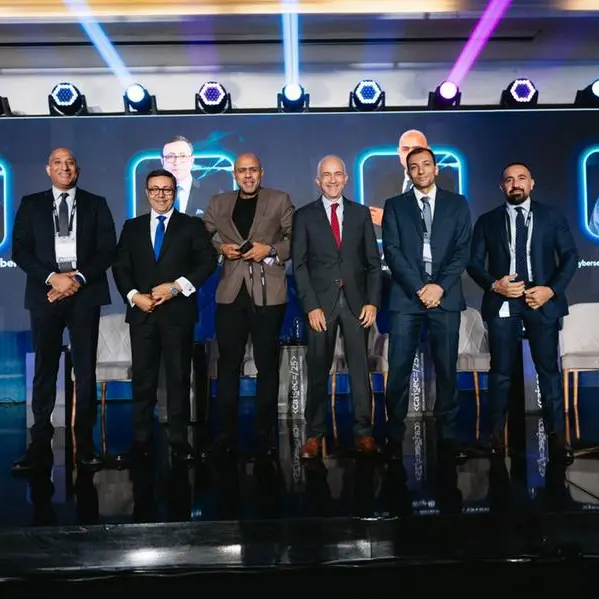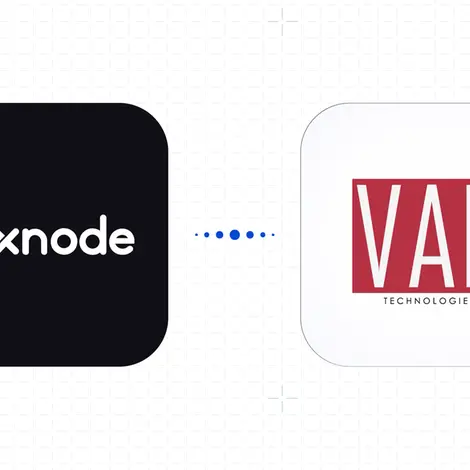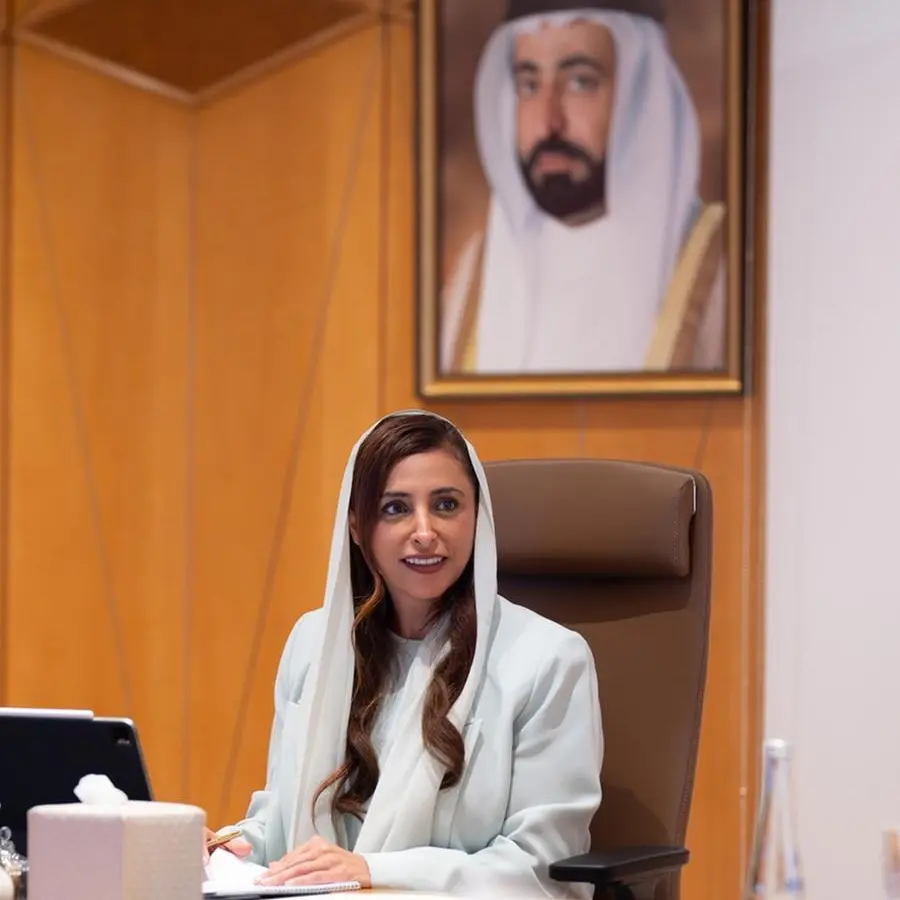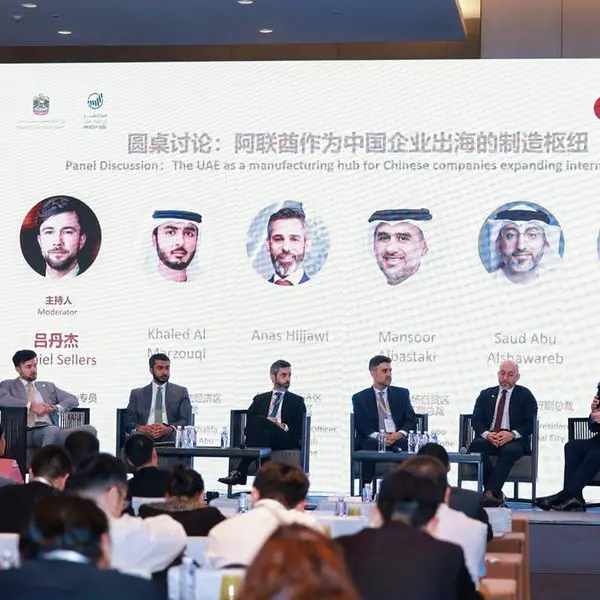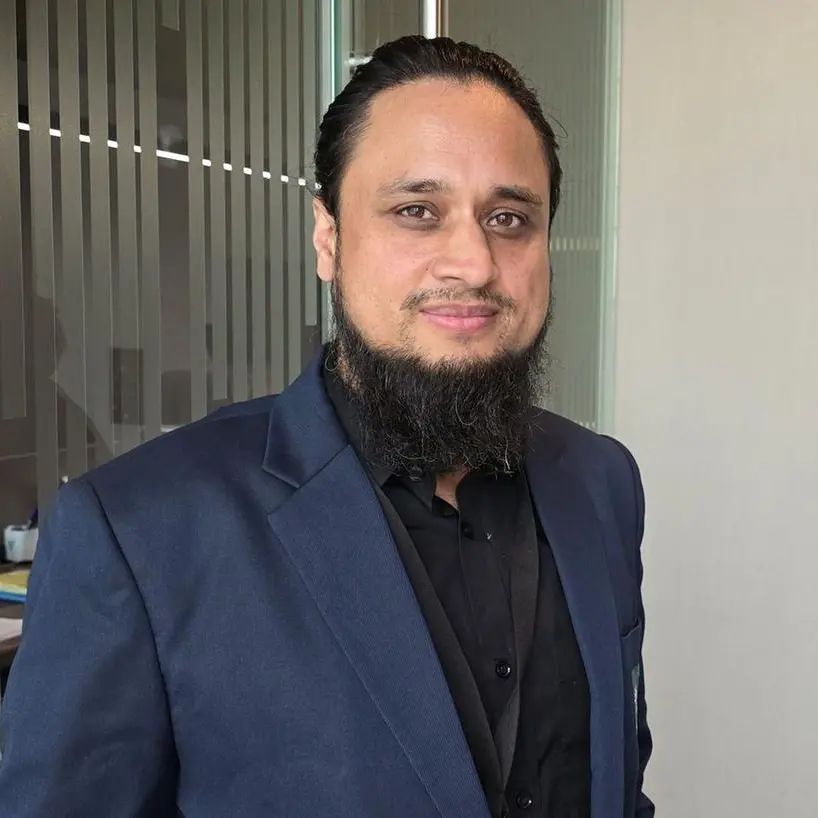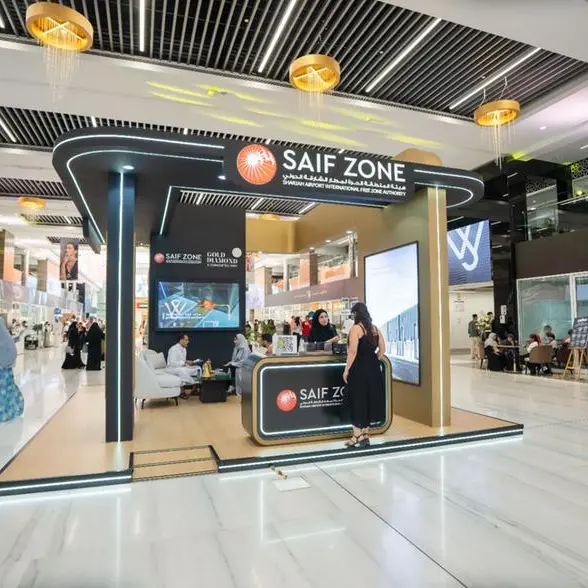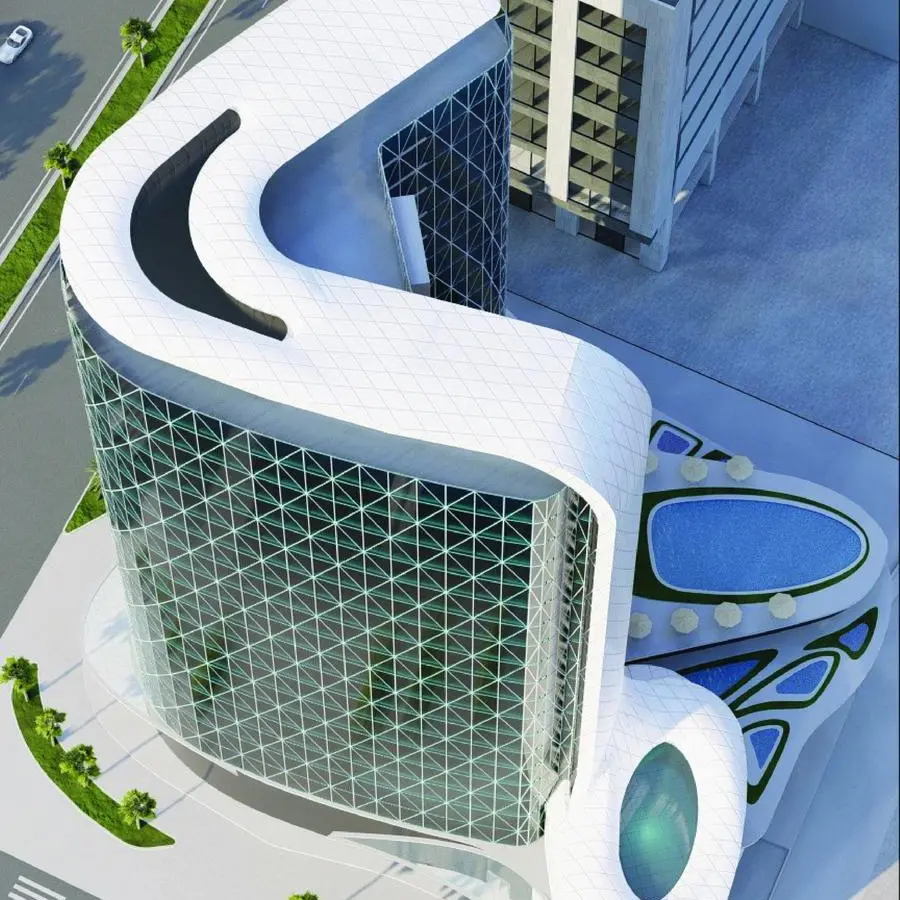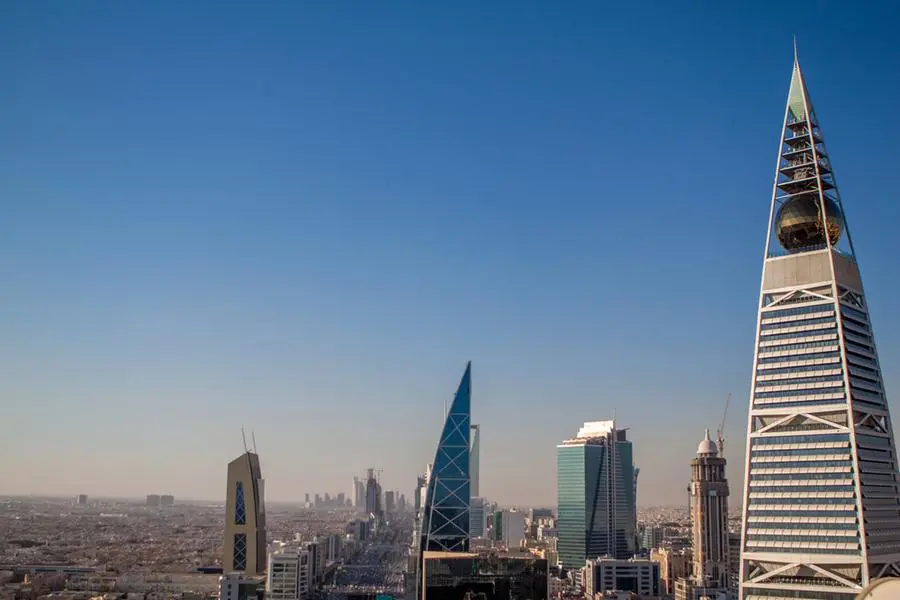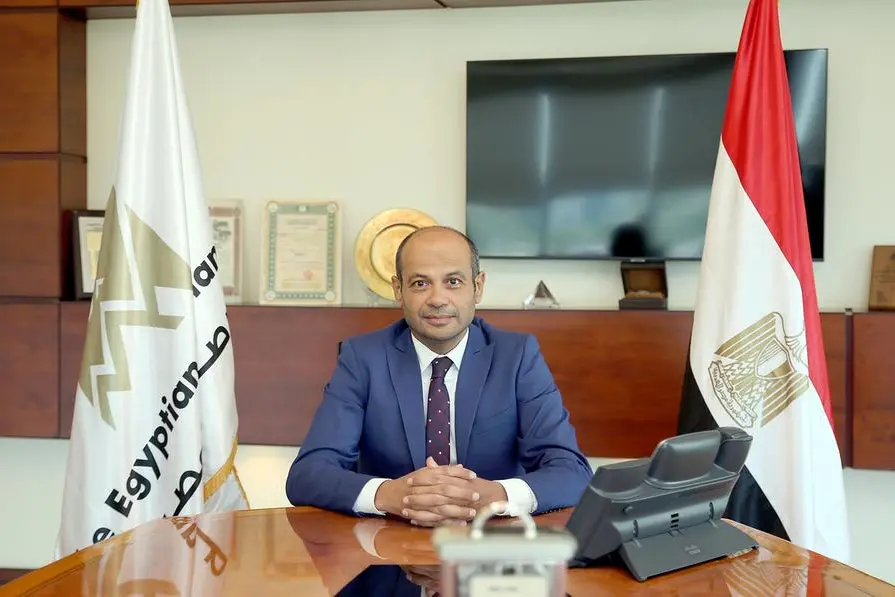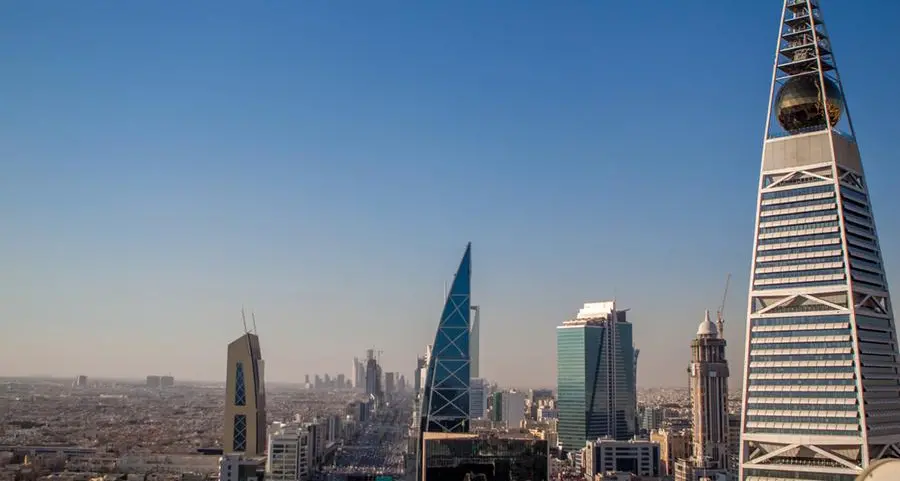PHOTO
- Once launched, MYSAT-2 will test student developed algorithms to determine the CubeSat’s orientation in space; estimated to be 15% to 20% more power-efficient
- The programme aims to equip Emirati engineers with theoretical and technical skills to advance the UAE’s space agenda
Abu Dhabi: Khalifa University of Science and Technology today announced that its second CubeSat development programme, MYSAT-2, has completed its critical design review (CDR). The achievement marks a key milestone for the university’s Space Systems and Technology Master’s Concentration programme, which is supported by Al Yah Satellite Communications (Yahsat), a leading global satellite operator based in the United Arab Emirates and wholly owned by Mubadala Investment Company (Mubadala), and leading global aerospace and defense technology company Northrop Grumman.
MYSAT-2 is the second nano-satellite developed by the students of Khalifa University within the institution’s Yahsat Space Lab. The MYSAT-2 project enables students to expand their knowledge and technical capabilities in all phases of satellite development, operation, and exploitation through practical research and development.
Designed and built by a team of nine students pursuing a Master’s degree with Space Systems and Technology Concentration, MYSAT-2 features significant upgrades from MYSAT-1. Its primary mission is to enable students to design, implement, and test new Attitude Determination and Control (ADC) Algorithms, developed by the Khalifa University students. The algorithms help determine a CubeSat’s orientation in space, and are estimated to be 15 to 20 percent more power-efficient, in comparison with similar algorithms implemented on other spacecrafts. If successful, the new algorithms will establish the UAE as a contributor to the global space industry.
“The successful completion of critical design review signifies another momentous occasion in the development of MYSAT-2 by our Space Systems and Technology Concentration students at the Yahsat Space Lab, with support from Northrop Grumman and Yahsat. We believe, like its predecessor, MYSAT-2 will represent our contribution to the UAE’s commitment to developing indigenous aerospace scientists, while establishing our students’ contributions to developing energy-efficient algorithms that determine the CubeSat’s orientation in space. This will help Khalifa University develop next generation satellites even more efficiently, and market the software systems to other satellite developers,” commented Dr Arif Sultan Al Hammadi, Executive Vice-President, Khalifa University.
“MYSAT-2’s critical design review is a milestone for Yahsat Space Lab and the CubeSat programme. Working alongside Khalifa University and Northrop Grumman to support the programme, Yahsat aims to equip the rising generation with the skills they need to advance the UAE’s space agenda. Our focus now turns to the next stages of the programme and the launch of MYSAT-2, which promises to be another leap forward for the UAE’s space ambitions,” said Mona Al Muhairi, Chief Human Capital Officer at Yahsat.
“MYSAT-2, the second satellite from our joint collaboration with Khalifa University and Yahsat, promises to open up new research avenues in spacecraft attitude control,” said Frank DeMauro, Vice-President and General Manager, Space Systems, Northrop Grumman. “We congratulate the Khalifa University students in reaching the important milestone of the Critical Design Review and look forward to working with them as they prepare the satellite for a launch on the Northrop Grumman Cygnus spacecraft in 2020.”
The CDR review panel included experts from Yahsat, Khalifa University, and Northrop Grumman. The collaborative review panel assessed the programme’s readiness and confirmed that the technical efforts are on track to proceed into fabrication, demonstration, and testing, with performance requirements being met, on budget and on schedule. Full-scale fabrication of MYSAT-2 will now begin with several intermediate internal reviews, including a software demonstration, and the flight readiness review.
MYSAT-1, the first CubeSat developed by Khalifa University students, has successfully captured an image of earth earlier in March, following its launch to space in November 2018.
Located at Khalifa University, the Yahsat Space Lab was launched through a collaboration between Yahsat, Khalifa University, and Northrop Grumman to complement the jointly established Space Systems and Technology Concentration programme, providing high-end facilities that enable students to conceptualize, design, assemble, integrate, test, and operate nano-satellites. The lab aims to nurture the UAE’s space-literate workforce, contributing towards the nation’s growing space sector.
- Ends-
About Yahsat
Yahsat is a leading global satellite operator, providing multipurpose satellite solutions for broadband, broadcast and government communications use across the Middle East, Africa, Europe, and Central and South West Asia. Headquartered in Abu Dhabi, UAE, and wholly owned by Mubadala Investment Company, the investment vehicle of the Government of Abu Dhabi. Yahsat is the first company in the Middle East and Africa to offer Ka-band services including YahClick, Yahsat Government Solutions, YahLink and Yahlive via its Al Yah 1 and Al Yah 2 satellites.
With the launch of Al Yah 3 satellite, Yahsat’s commercial Ka-band coverage has extended to 20 additional markets, reaching 60% of Africa’s population and over 95% of Brazil’s population.
Yahsat recently acquired a majority and controlling stake in Thuraya, UAE’s first home-grown mobile satellite services operator. The acquisition has enabled Yahsat to provide a broad range of Fixed and Mobile Satellite Services to over 160 countries.
In September 2018, Yahsat and Hughes announced a new joint venture to provide satellite broadband services to the Middle East, Africa and Southwest Asia markets. Followed by the announcement of a similar new joint venture with Hughes in Brazil dated May 2019.
For more information, please visit: http://www.yahsat.com
About Khalifa University of Science and Technology
The Khalifa University of Science and Technology merges the Masdar Institute of Science and Technology, Khalifa University of Science, Technology and Research and the Petroleum Institute into one world-class, research-intensive institution, producing world leaders and critical thinkers in applied science and engineering. The Khalifa University of Science and Technology endeavors to be a catalyst to the growth of Abu Dhabi and the UAE’s rapidly developing knowledge economy as an education destination of choice and a global leader among research intensive universities.
For more information, please visit: http://www.ku.ac.ae/
© Press Release 2019Disclaimer: The contents of this press release was provided from an external third party provider. This website is not responsible for, and does not control, such external content. This content is provided on an “as is” and “as available” basis and has not been edited in any way. Neither this website nor our affiliates guarantee the accuracy of or endorse the views or opinions expressed in this press release.
The press release is provided for informational purposes only. The content does not provide tax, legal or investment advice or opinion regarding the suitability, value or profitability of any particular security, portfolio or investment strategy. Neither this website nor our affiliates shall be liable for any errors or inaccuracies in the content, or for any actions taken by you in reliance thereon. You expressly agree that your use of the information within this article is at your sole risk.
To the fullest extent permitted by applicable law, this website, its parent company, its subsidiaries, its affiliates and the respective shareholders, directors, officers, employees, agents, advertisers, content providers and licensors will not be liable (jointly or severally) to you for any direct, indirect, consequential, special, incidental, punitive or exemplary damages, including without limitation, lost profits, lost savings and lost revenues, whether in negligence, tort, contract or any other theory of liability, even if the parties have been advised of the possibility or could have foreseen any such damages.

